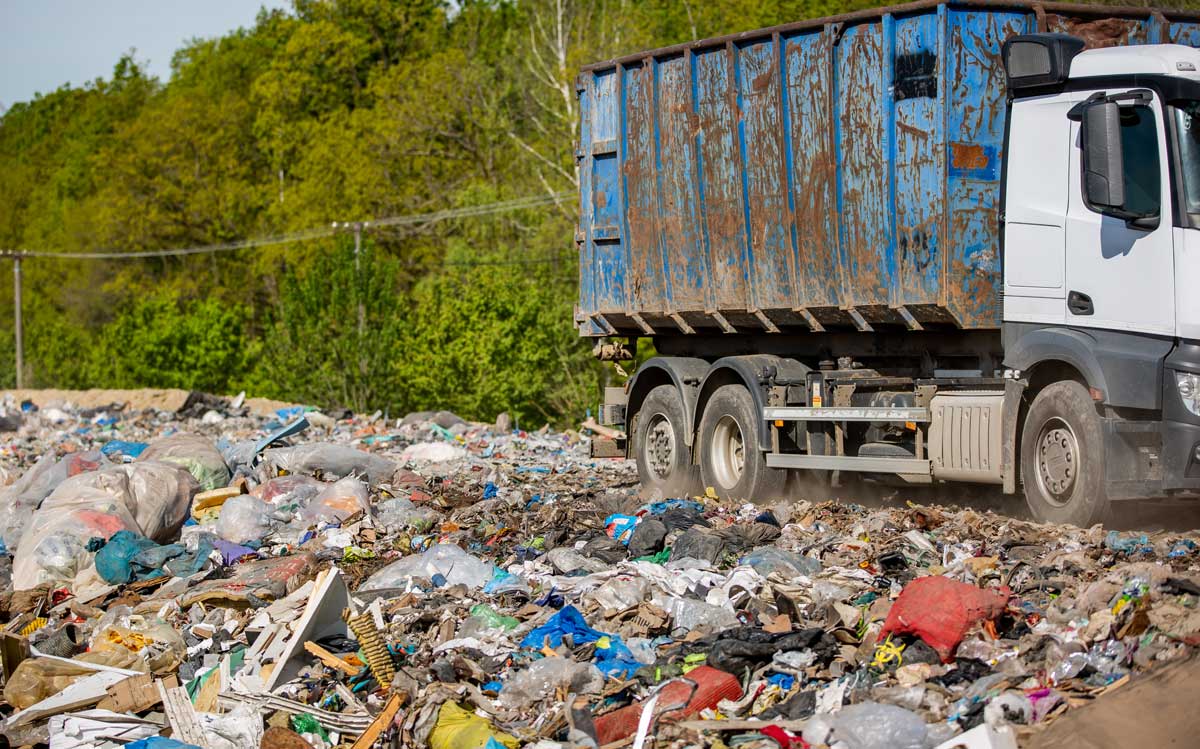Changes in the modern lifestyle and surging growth in the world population are resulting in solid waste generation. The solid waste includes both commercial and residential waste found in semi-solid and solid forms. Among the biggest global concerns is finding a cost-effective and eco-friendly solid waste management system for a modern society.
More than 200-300 million tons of solid waste is generated every year, and a huge part of it stays uncollected. Even the biggest and most well-known metropolitan cities lack waste management facilities and dump most of their waste in water reservoirs.

The primary reasons for inadequate solid waste management are a lack of non-renewable resources, dumping of garbage in open areas, and socio-environmental issues.
Government and Municipal authorities have some up with ICT based waste management system to address this pressing issue. It is actively in use globally and is also being employed in India for the Swachh Bharat Mission. Let’s learn more about this waste management system.
What Is ICT Based Waste Management System?
In recent years, government and municipal authorities experimented with several IoT solutions, and ICT based waste management system is one of them. This is a smart solid waste management method actively used in Asian countries, especially in India. It is cost-effective, eco-friendly and works on an entrenched and easily deployable framework.
ICT based solid management system is a kit that consists of ultrasonic sensors and micro-controllers. Furthermore, the garbage bins are attached to GSM (Global system mobile communication module). ICT based waste management system is also part of the e-waste management module.
How ICT Based Waste Management Works?
The micro-controllers of this system are used for alert tones, while the ultrasonic sensors are used to measure the types of garbage. Furthermore, the GSM (Global system mobile communication module) analyzes the level of garbage and connects with the nearest municipal authorities once the bin is full.
The GSM modules play a significant role in the solid waste management system. The overall kit of this system analyzes and stores the data of garbage in cloud storage. Further, this data is analyzed by the municipal authorities for upcoming projects.
The collection and analysis of data are done through ML (Machine Learning) algorithms. Machine learning provides a clean interface where you can get every minute detail of this waste management system.
These algorithms also provide suggestions like the number of garbage containers needed, required manpower, and uncongested garbage collection routes.
How Is This Solid Waste Management System Beneficial?
The benefits of an ICT based solid management system are that it minimizes errors, is less prone to misunderstandings, and is low maintenance. It does not require special garbage containers, and the kit is also cost-effective. Its only limitation is that this system can be used only to manage solid and semi-solid waste. However, it does come with a bag full of benefits and there is an urgent need to raise awareness about it among the citizens.
Final Thoughts
This waste management system is currently in use in nearly 400 urban areas, and these figures will increase substantially by 2025. For benefiting from this waste management system, a huge social change is required among citizens. Soon ICT waste management system will also enable real-time tracking and maintaining the daily garbage collection records.